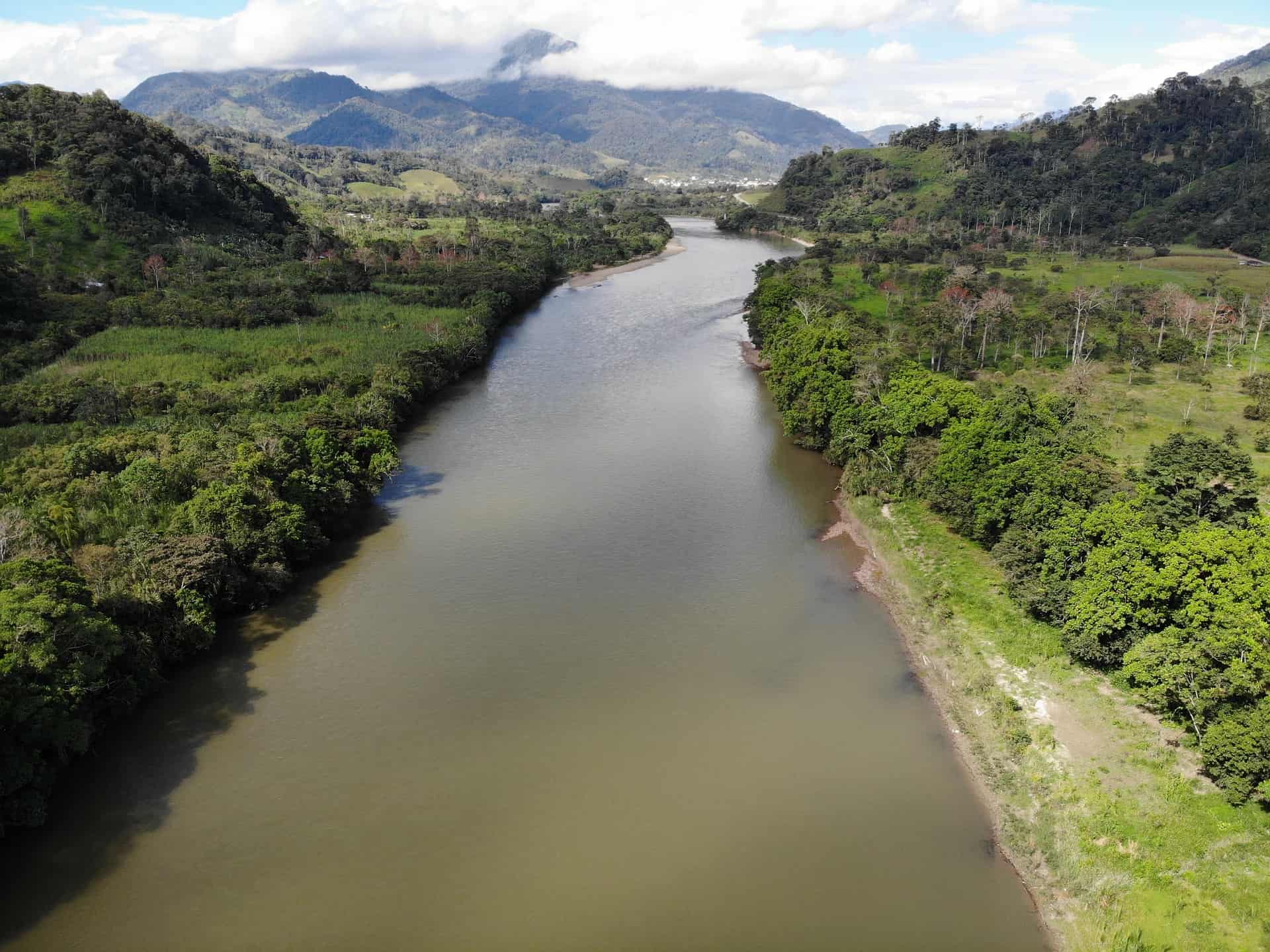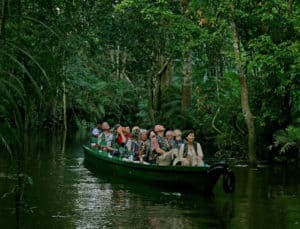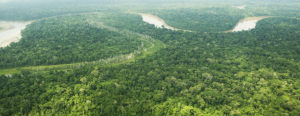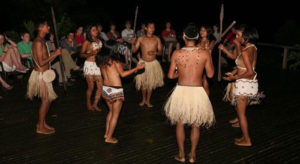
Known as one of the world’s most populous river, the Amazon River also holds the title as the longest river in the world.

Situated in South America, the location of the true source of the Amazon River has been a subject of long debate.
In the 1950s, explorers within the region deduced, without accurate measurements, pinpointed several mountains of Peru could be its origin.
However, this was disproved in 1971 when the National Geographic Society sponsored expedition settled that Carruhasanta Creek—a stream that flows from the north slope of Mount Mismi—in southern Peru was the source. Another set of scientists from a Polish expedition in 1983 concluded that the source was from another creek near Apacheta Creek.
This bone of contention lingered up until 2007 when a group of scientists from Brazil’s National Institute of Space Research and other multi-national group traveled down to Carruhsanta and Apacheta Creeks to determine the Amazon River’s true source.
They discovered that Apacheta Creek was the real source of the river’s origin, measuring over 6miles in length more than the tributary flowing from Carruhasanta Creek.

To determine the actual length of the river, these explorers began measuring the three major outlets of the river that flows to the ocean. They selected the longest outlet and their findings placed Amazon River at 4,345 miles (roughly 6,992 kilometers) from Apacheta Creek in Peru all the way to Marajó Bay in Brazil, where it deposits into the Atlantic Ocean.
The same group of explorers made the same measurements on the Nile River, placing its length at 4,258miles. This further knocked the Nile River from the number one spot as the world’s longest river it had gloriously occupied due to inaccurate analysis.
Blessed with over 1,000 tributaries—some of them as lengthy as 1000miles, the Amazon River flows eastward from Peru through Bolivia, Colombia, Ecuador, Venezuela, Ecuador, and Brazil. Some of the tributaries from Ecuador and Peru flows right into Ucayali and Maranon forming rivers Pastaza, Vaupes, Guainia, Napo, Nanay and many more.

While the Amazon River is popular is the mere fact that is located right in the most expansive rainforest in the world, the tropical Amazonian Rainforest. The forest contains over 40,000 species of flora.
While many plants of the forest remain unidentified till date, over 8,500 species of insects have been classified from the forest alone. Several species of monkeys have been found in the forest as well including the rare howler monkeys, spider monkeys, and even the squirrel monkeys.
While the Amazon basin boosts of various wildlife and birdlife, the river is not left out. The Amazon River is home to over 2,500 rare fish species, many of which remain unidentified. These fish species include the notoriously dangerous piranhas that attack anything that moves on the water, pirarucu, and various giant catfishes.

Before the 21st Century, there were tribes of Indian settlements along the bank of the flowing river. These tribes relied on hunting animals and gathering wild fruits and did a little bit of subsistence agriculture.
However, with scientific advancements, coupled with ease of transportation by the late 20th century, human settlement began to increase.
Increased resource exploitation and deforestation had led to an urban population situated at several bays in the Amazon basin.
Over 9 million Brazilians are currently inhabiting in the Marabá Manaus, Rio Branco, Santarem, Pôrto Velho and Belem areas along the banks of the river. Cattle ranching, mining, and fishing remain a means of livelihood there.
As the Amazon river swirls through Tarapoto, Pucallpa, and Iquitos in Peru; Leticia and Florencia in Colombia; and even Santa Cruz in Bolivia, there are cities and towns situated there who depend for the wildlife and fish-life for survival and trade.
Because of the dazzling wilderness, the Amazon Basin remains an ideal travel destination for individuals and families.
There are some interesting facts about the Amazon River that makes it all the more exciting.